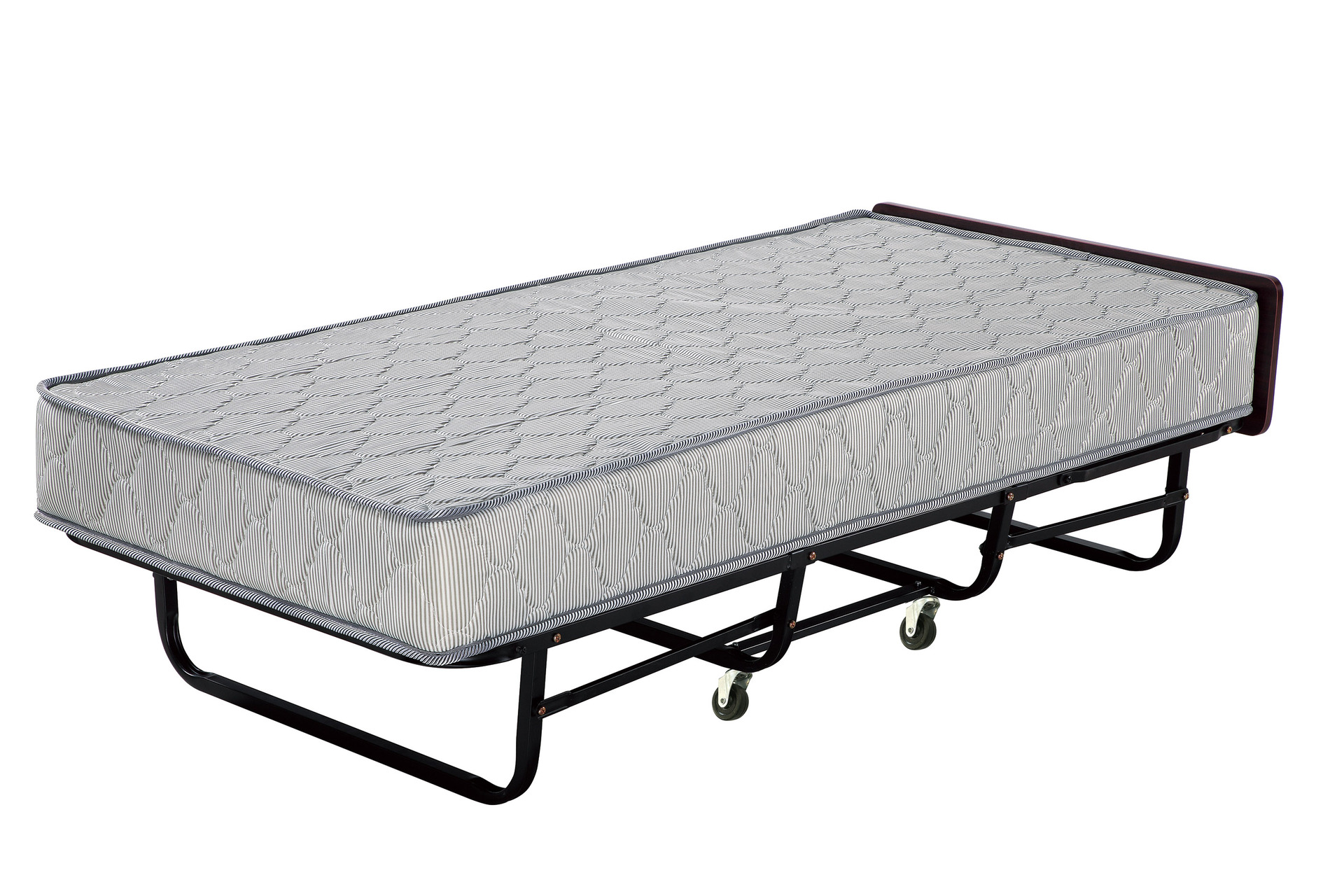Folding beds have become increasingly popular due to their convenience, space-saving design, and versatility. Behind the simplicity of their structure lies a complex and highly technical manufacturing process. Among the core technologies used in this process are the laser pipe cutting machine, the pipe bending machine, and the laser welding robot. These machines significantly enhance production efficiency, reduce labor costs, and guarantee high-quality products.

1. Laser Pipe Cutting Machine: Precision Starts Here
The first step in producing a folding bed typically begins with the cutting of metal pipes, which form the bed’s structural framework. This is where the laser pipe cutting machine plays a crucial role.
Function and Operation
A laser pipe cutting machine uses high-powered lasers to cut metal pipes into desired shapes and lengths. The laser pipe cutting machine uses CNC (Computer Numerical Control) programming to make highly accurate cuts, ensuring consistent dimensions and clean edges.
Advantages in Production
High Precision: The laser pipe cutting machine can cut complex patterns and designs with incredible accuracy, often within ±0.1 mm.
Automation-Friendly: Once programmed, the laser pipe cutting machine can operate continuously with minimal human supervision, increasing productivity.
Reduced Waste: The precision of the laser reduces material wastage, which not only lowers costs but also contributes to sustainability.
Flexible Design: Laser pipe cutting machine allows for rapid prototyping and easy customization. Design changes can be implemented simply by adjusting the digital input without requiring new molds or dies.
Application in Folding Beds
The high-quality cuts produced by laser pipe cutting machine ensure that the components can be assembled seamlessly, supporting both strength and smooth operation.
2. Pipe Bending Machine: Shaping the Frame
Once the metal pipes are cut, many of them need to be bent into specific shapes to form the curved sections of the bed frame. This is where the pipe bending machine comes into play.
Function and Operation
A pipe bending machine applies controlled force to bend metal pipes without breaking or deforming them. The pipe bending machine may use rotary draw bending, roll bending, or mandrel bending depending on the type of bend and the pipe’s material and diameter.
Advantages in Production
Consistent Bending Angles: Precision bending ensures that every part is shaped identically, which is essential for assembly and for maintaining symmetry in the final product.
High Repeatability: Once the settings are configured, the pipe bending machine can repeat the same bending process for thousands of parts with little to no variation.
Reduced Manual Labor: Traditional manual bending is labor-intensive and error-prone. Automated pipe bending machines greatly reduce the need for skilled labor while improving consistency.
Complex Geometries: Modern CNC pipe bending machines can produce complex multi-plane bends, allowing for more ergonomic and aesthetically pleasing designs.
Application in Folding Beds
The pipe bending machine shapes various parts of the folding bed, such as the support legs, frame rails, and safety braces. In particular, the foldable joints often require precise bends to allow for smooth folding and unfolding. By using automated pipe bending machines, manufacturers can ensure each part contributes to the structural integrity and usability of the final product.
3. Laser Welding Robot: Assembling with Accuracy
The next critical step is handled by the laser welding robot, which brings both precision and efficiency to the assembly line.
Function and Operation
A laser welding robot uses focused laser beams to fuse metal components together. These laser welding robots are often equipped with multi-axis arms, enabling them to weld at various angles and positions. Controlled by pre-programmed instructions, they perform fast and accurate welds with minimal human intervention.
Advantages in Production
High-Strength Welding: laser welding robot produces narrow, deep welds that are stronger and more durable than those created by conventional welding methods.
Low Heat Input: The laser's precision limits the heat-affected zone, reducing the risk of warping or distortion in thin-walled pipes.
Clean Finish: laser welding robots are smooth and clean, often eliminating the need for post-weld grinding or polishing.
Speed and Efficiency: laser welding robots can work continuously and faster than manual welders, increasing throughput while maintaining quality.
Enhanced Safety: By removing the operator from the direct welding environment, laser welding robots reduce the risk of burns, eye injuries, and exposure to fumes.
Application in Folding Beds
The laser welding robot ensures that every weld is placed with millimeter precision, guaranteeing that the structure remains solid under stress.
Conclusion: The Synergy of Smart Manufacturing
The integration of laser pipe cutting machines, pipe bending machines, and laser welding robots represents a leap forward in the manufacturing of folding beds. These machines transform raw metal pipes into refined, functional furniture components with unmatched precision, efficiency, and quality. Each machine performs a specialized task—cutting, shaping, and assembling—that contributes to the overall excellence of the final product.

